 1986 BMW M3 Coupe (E30) Dimensions, Size & Specs
1986 BMW M3 Coupe (E30) Dimensions, Size & SpecsMeasurements of the 1986 BMW M3 Coupe, engineered for optimal performance and comfort
| Dimensions | |
|---|---|
| Length: | 4345 mm171.1 in14.3 ft |
| Width: | 1680 mm66.1 in5.5 ft |
| Height: | 1370 mm53.9 in4.5 ft |
| Trunk Capacity: | 420 liter14.8 cu ft |
| Weight Specifications | |
| Curb Weight: | 1165-1200 kg2568-2646 lbs |
| Maximal permitted Weight: | 1540-1600 kg3395-3527 lbs |
| Tire Specifications | |
| Rims Sizes: | 15-inch rims:
|
| Tire Sizes: |
|
The BMW M3 Coupe (E30) is an iconic sports car generation produced from 1986 to 1990 by the German automaker BMW. As the first in the M3 lineage, the E30 set the benchmark for high-performance compact coupes and remains a highly revered classic among car enthusiasts. Measuring 4345 mm (171.1 inches) in length, 1680 mm (66.1 inches) in width, and standing 1370 mm (53.9 inches) tall, the E30 M3 maintains a compact and agile footprint that complements its sporty character. The curb weight ranges from 1165 to 1200 kilograms (2568 to 2646 pounds), reflecting its lightweight construction ideal for dynamic driving on and off the track. The maximum allowable weight varies between 1540 and 1600 kilograms (3395 to 3527 pounds), ensuring a balance between performance and durability. The vehicle’s luggage compartment offers a practical 420 liters (14.8 cubic feet) of storage, impressive for a coupe of its era, making it suitable for both spirited drives and everyday usability. The E30 M3 rides on rim sizes primarily of 7J x 15, with tire options including 205/55 R15, 225/45 ZR16, and 205/55 VR15, supporting a gripping and responsive driving experience. Its classic coupe body style, combined with precise engineering and performance-tuned suspension, helped the E30 M3 dominate motorsport events and build a loyal fanbase worldwide. Today, the BMW M3 Coupe (E30) remains a symbol of BMW's dedication to driver engagement, precision, and timeless design.
Discover the standout features that make the 1986 BMW M3 Coupe a leader in its class
Have a question? Please check our knowledgebase first.
The BMW M3 Coupe (E30) from 1986 to 1990 measures 4345 mm (171 inches) in length, 1680 mm (66.1 inches) in width, and 1370 mm (53.9 inches) in height. These compact dimensions contribute to the car's renowned agility and iconic sporty stance, making it well-suited for both spirited driving and daily use.
The curb weight of the BMW M3 Coupe (E30) ranges from 1165 kg to 1200 kg (approximately 2568 to 2646 lbs), with a maximum weight between 1540 kg and 1600 kg (around 3397 to 3527 lbs). The relatively light curb weight contributes to the car’s excellent handling characteristics and acceleration, while the maximum weight reflects the total capacity including passengers and cargo, ensuring safety and performance balance.
The luggage capacity of the BMW M3 Coupe (E30) is 420 liters (approximately 14.8 cubic feet), which is quite generous for a sports coupe of its era. This trunk size accommodates typical luggage or grocery loads, making the vehicle practical for weekend trips or daily commuting despite its sporty focus.
Yes, the BMW M3 Coupe (E30) fits comfortably into a standard garage. With a length of 4345 mm (171 inches), width of 1680 mm (66.1 inches), and height of 1370 mm (53.9 inches), it is compact enough for typical residential garages, leaving ample clearance on width and height for easy parking and maneuvering.
The BMW M3 Coupe (E30) originally came with rim sizes of 7J x 15, 15, and 16 inches, paired with tire sizes such as 205/55 R15, 225/45 ZR16, and 205/55 VR15. These tire and rim configurations provide excellent grip and balance, complementing the vehicle's rear-wheel-drive layout for optimal handling, cornering stability, and road feedback, which are key to the M3’s driving experience.
The BMW M3 Coupe (E30) is based on the E30 3 Series platform but features slight dimensional upgrades tailored for performance. While the overall length of 4345 mm (171 inches) is similar to the base E30 models, the M3 has a wider and lower stance due to its sport suspension and flared wheel arches. These changes improve handling and visually differentiate the M3 as a dedicated high-performance variant over its predecessor 3 Series models.
Compared to contemporary sports coupes from the late 1980s, the BMW M3 Coupe (E30) tends to be compact and lightweight. For example, it is shorter and narrower than some rivals like the Porsche 944 but often weighs less, contributing to its nimble performance. Its luggage capacity of 420 liters is also competitive, offering more practicality than many sports cars of its time which typically prioritized performance over utility.
With a height of 1370 mm (53.9 inches), the BMW M3 Coupe (E30) has a low center of gravity which positively impacts its handling and stability during aggressive driving. This modest height also results in a coupe silhouette that's aerodynamic but may reduce headroom for taller passengers. However, the design strikes a balance between sporty aesthetics and driver comfort.
The curb weight range of 1165 to 1200 kg (2568 to 2646 lbs) for the BMW M3 Coupe (E30) is impressively light given its performance capabilities. This relatively low mass enhances acceleration, braking, and cornering performance. A lighter curb weight also aids in fuel efficiency and responsiveness, which were defining features of the E30 M3 that cemented its legacy as one of the most agile sports coupes of its time.
The M3 Coupe (E30)'s width of 1680 mm (66.1 inches) and length of 4345 mm (171 inches) make it quite manageable in tight city streets and parking spaces. Its compact footprint compared to larger sports cars and sedans allows for easier navigation through narrow roads and busy traffic, enhancing its practicality as a performance coupe that can be comfortably driven on a daily basis in urban settings.
Discover similar sized cars.
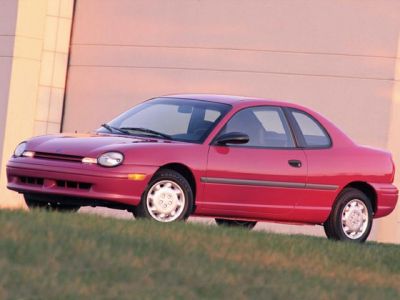
| Production: | 1996-2001 |
|---|---|
| Model Year: | 1996 |
| Length: | 4364 mm171.8 in |
| Width: | 1715 mm67.5 in |
| Height: | 1345 mm53.0 in |
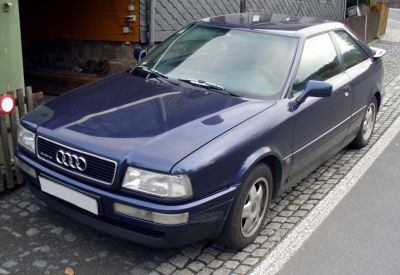
| Production: | 1991-1996 |
|---|---|
| Model Year: | 1991 |
| Length: | 4366 mm171.9 in |
| Width: | 1930 mm76.0 in |
| Height: | 1375 mm54.1 in |
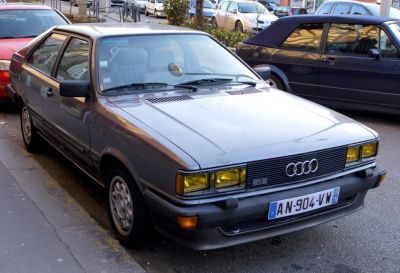
| Production: | 1980-1984 |
|---|---|
| Model Year: | 1981 |
| Length: | 4349 mm171.2 in |
| Width: | 1682 mm66.2 in |
| Height: | 1350 mm53.1 in |
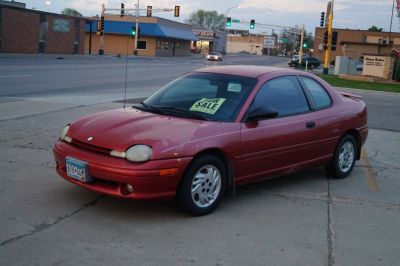
| Production: | 1994-1999 |
|---|---|
| Model Year: | 1994 |
| Length: | 4364 mm171.8 in |
| Width: | 1715 mm67.5 in |
| Height: | 1345 mm53.0 in |

| Production: | 1973-1989 |
|---|---|
| Model Year: | 1973 |
| Length: | 4291 mm168.9 in |
| Width: | 1610-1652 mm63.4-65.0 in |
| Height: | 1320 mm52.0 in |
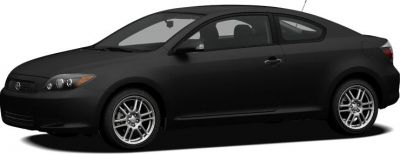
| Production: | 2007-2010 |
|---|---|
| Model Year: | 2008 |
| Length: | 4420 mm174.0 in |
| Width: | 1755 mm69.1 in |
| Height: | 1415 mm55.7 in |
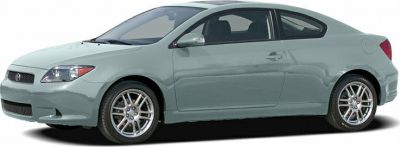
| Production: | 2004-2007 |
|---|---|
| Model Year: | 2005 |
| Length: | 4420 mm174.0 in |
| Width: | 1755 mm69.1 in |
| Height: | 1415 mm55.7 in |
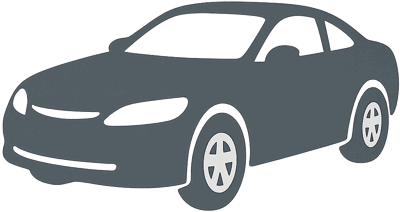
| Production: | 1982-1986 |
|---|---|
| Model Year: | 1982 |
| Length: | 4275 mm168.3 in |
| Width: | 1660 mm65.4 in |
| Height: | 1320 mm52.0 in |
